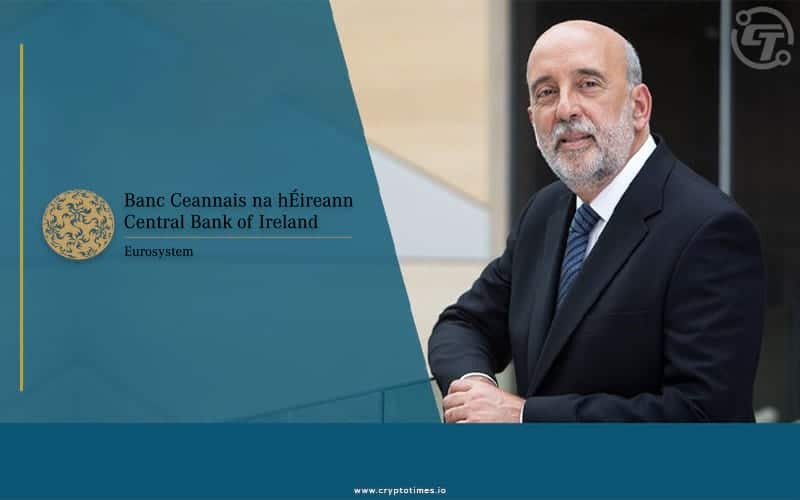Gabriel Makhlouf, governor of the Central Bank of Ireland, endorsed the technical architecture behind cryptocurrencies. He also said that the digital Euro was rather a matter of “how and when” and not “if”.
While he appreciated the idea behind the crypto, he warned about the potential risks of cryptocurrencies. As more individuals become involved in the trading of cryptocurrency, the risks to financial stability and consumer protection increase the risks to financial stability and consumer protection.
In a blog post on the Central Bank of Ireland website yesterday, Mr. Makhlouf laid out many of the problems with crypto markets today. The problems included lack of transparency, its utility for criminals, and high levels of energy consumption.
“As things stand today, the negatives surrounding crypto far outweigh any benefits,” the governor said. “But we shouldn’t ignore the positive elements of the underlying technology. Distributed ledger technology (DLT) is essentially a secure, decentralized record of information stored across a network and is a key piece of architecture for some types of crypto. It has the potential to reduce transmission costs in the financial system as it could eliminate the need for intermediaries in some transactions.”
He said a key concern for regulators about many types of cryptocurrencies was its lack of a pricing anchor tied to an underlying asset to give it the stability of value. As a result, cryptocurrencies were extremely volatile, even when compared with higher-risk investments such as equities. He also targeted stablecoins. And said the pegged cryptos were only “as good as the governance behind the promise of the backing.”
Also Read: Ireland Central Bank Official: Cryptocurrencies Are A “Great Concern”
On the other hand, The European Central Bank took a major step towards releasing a digital euro earlier this month by approving an “investigation phase” to map out the design and distribution of a virtual currency in the eurozone. Mr. Makhlouf and EU policymakers are also trying to capture some of the benefits of crypto technology in the official digital euro project. These benefits would complement other forms of the currency, such as coins, banknotes, and electronic funds.







